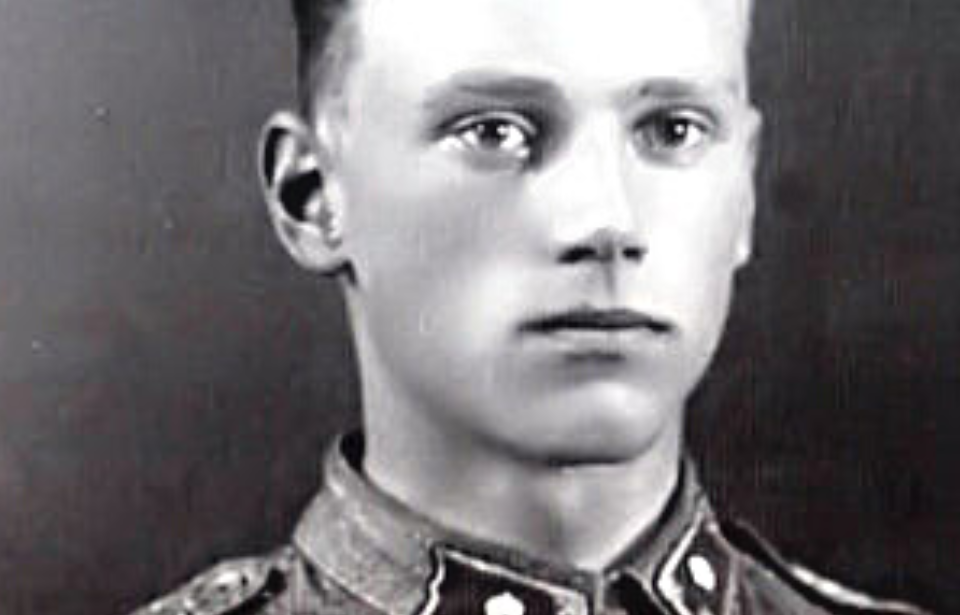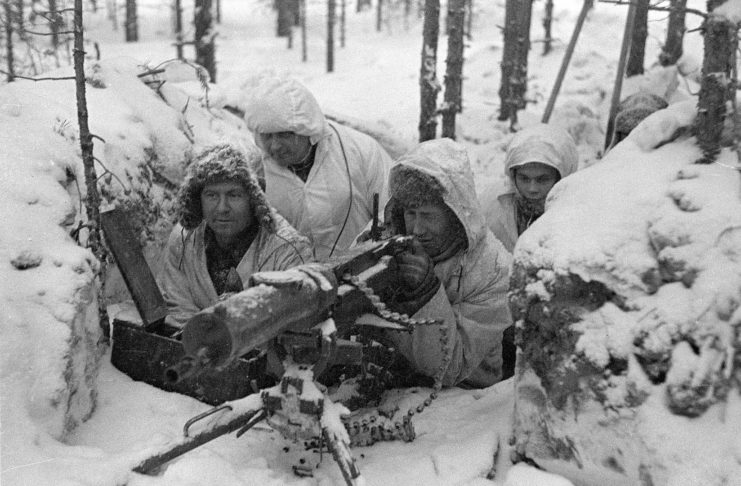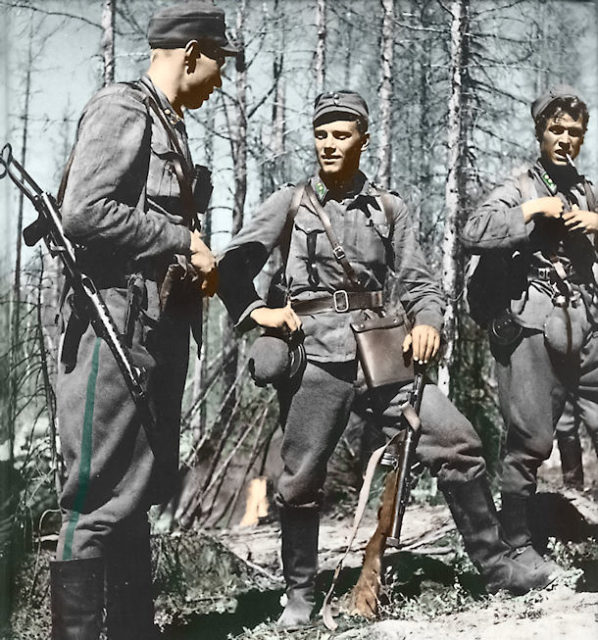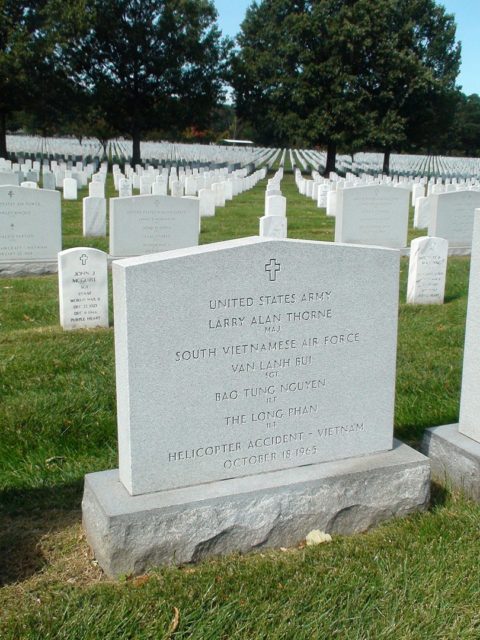
Finland was in a strange place during the Second World War. At first, the nation hoped to stay out of the conflict. That became impossible when the Russians launched the Winter War. Lauri Törni, a Finn in his early 20s, fought bravely. Thus began a multi-year odyssey that saw him fight for the militaries of three different countries.
Lauri Törni’s early life and upbringing

Finnish soldier Lauri Törni impressed his superiors during the Winter War. (Photo Credit: Wikimedia Commons / Public Domain)
Lauri Allan Törni was born in Viipuri, Finland in May 1919 to a ship captain father and a homemaker mother. He was a bright child who also excelled at athletics. After graduating from business school and serving with the White Guard, he enlisted in the Finnish military in 1938.
Russia launched the Winter War against Finland in November 1939. The conflict, which saw the Finns give the much more powerful Russians all they could handle, displayed the excellence of the country’s military. Törni was among those on the frontlines, serving with Jäeger Battalion 4.
Throughout the war, Törni’s battalion was among those to destroy Russian divisions. They were so successful that he was assigned to officer training and commissioned a Vänrikki (second lieutenant) in the Finnish military reserves.
The Continuation War

Lauri Törni’s unit played an important role during the Continuation War. (Photo Credit: Uuno Laukka / Wikimedia Commons / Public Domain)
As a result of his abilities, Lauri Törni was sent to Austria to train with the Waffen-SS. He spent seven weeks training with the combat force during the summer of 1941, and was commissioned as an officer when he returned to Finland. The Germans recognized the young soldier as an Untersturmführer (junior storm leader).
Conflict between Finland and Russia began, again, during 1941-44’s Continuation War. By this time, Törni was in command of a unit. Simply called Detachment Törni, the unit caused serious issues for the Russians with its talent for penetrating enemy lines. In fact, Törni’s men were so effective that Russia placed a bounty of 3,000,000 Finnish marks on his head.
Lauri Törni’s continued service

Following the conclusion of the Second World War, Lauri Törni was arrest for his service with the German Army. (Photo Credit: GUMMERUS / Kallonen / Sarjanen, Leijonamieli / Wikimedia Commons / Public Domain)
The Continuation War ended in September 1944 with the Moscow Armistice. Following this, the Finnish Army was demobilized and Lauri Törni was left unemployed and worried the Russians would make another attempt to invade Finland.
The soldier joined the pro-German resistance movement in Finland, hoping to be prepared for future conflicts with Russia. He attended saboteur training in Germany, after which he joined a German unit fighting the Red Army near Schwerin. He fought with the Wehrmacht until mid-1945, when he surrendered to the British Army and was sent to a prisoner of war camp. The soldier later escaped and returned to Finland.
In 1946, Törni was arrested and tried for joining the German Army. He was convicted and sentenced to six years in prison. Two years later, however, he received a pardon from Finnish President Juho Kusti Paasikivi. Once free, the decorated soldier took off for Sweden.
Lauri Törni makes it to America

Lauri Törni (middle) used the skills he learned in Finland to train US Army Special Forces members. (Photo Credit: Wikimedia Commons / Public Domain)
While in Sweden, Lauri Törni fell in love and became engaged. Before getting married, however, he hoped to start a career working on Swedish vessels. In 1950, he jumped off one of these ships near Mobile, Alabama. He eventually made it to Sunset Park in Brooklyn, New York, which had an emigrated Finnish community.
After a few years of working as a carpenter and cleaner, Törni earned permanent residence. In 1954, the Finn joined the US Army and, before long, was training for the Special Forces. Törni trained troops in a number of skills, including guerrilla tactics, survival, skiing and mountaineering. During his time in the US military, he went by the name Larry Thorne.
Between 1958-62, Törni served in West Germany with the 10th Special Forces Group, gaining notoriety for his involvement in a search-and-rescue mission in Iran’s Zagros Mountains. He was then sent to Vietnam with Special Forces Detachment A-734. He was involved in a number of fire fights early on. For his bravery during a fierce battle in the Tịnh Biên District, Törni was awarded two Purple Hearts and a Bronze Star.
Lauri Törni’s death and legacy

Lauri Törni is buried at Arlington National Cemetery. (Photo Credit: Jukkae / Jukka Ehto / Wikimedia Commons CC BY 3.0)
Törni returned to Vietnam for a second tour, this time with the 5th Special Forces Group. Before long, he was transferred to Military Assistance Command, Vietnam – Studies and Observations Group (MACV-SOG), with whom he served as an advisor.
During a mission in October 1965, as part of Operation Shining Brass, the Sikorsky CH-34 “Choctaw” helicopter he was flying in went missing. Rescue crews were unable to locate the site of the crash. Following the incident, Törni was awarded the Legion of Merit and Distinguished Flying Cross. He was also promoted to the rank of major.
The bodies Törni and those of his fellow soldiers weren’t discovered until 1999. Their bodies were flown back the US and interred at Arlington National Cemetery. Törni, who was formally identified four years later, is the only known former member of the SS to be buried at the hallowed site.





